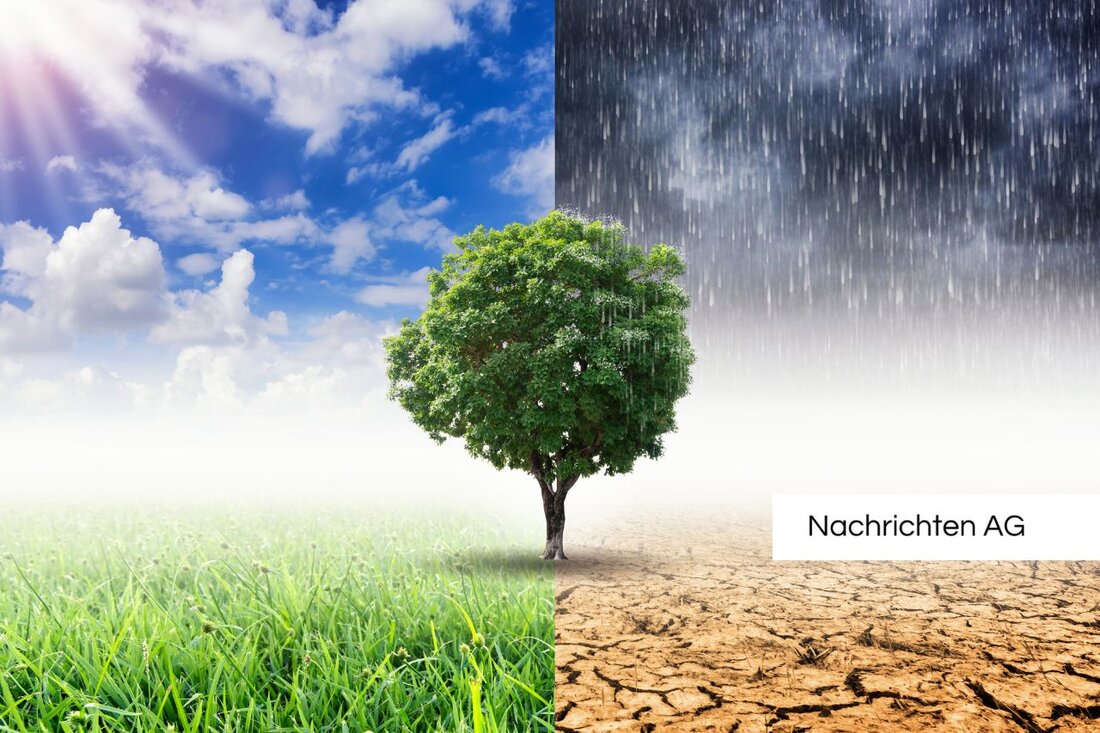Brandenburg in a water emergency: Extreme drought threatens nature!
Brandenburg an der Havel suffers from extreme drought and low water levels. Current water management warnings and measures.

Brandenburg in a water emergency: Extreme drought threatens nature!
Drought is currently reigning in Brandenburg. In June 2025, only 38 liters of precipitation per square meter fell in the region, making Brandenburg one of the driest regions in Germany. This extreme situation is the result of an already dry spring and heat that predicts temperatures of up to 39 degrees on July 2, 2025. The measuring station on the Telegrafenberg in Potsdam recorded the lowest amounts of precipitation in the first half of 2025 since records began in 1893. Precipitation amounts are currently around 60 percent below normal values, which marks an alarming trend.
An exceptional 700 hours of sunshine this spring is compounding the problem. The combination of high solar radiation and extremely low precipitation contributes to the worsening of the low water situation in Brandenburg's waters. Declining water levels have been observed here since 2014 as part of the effects of climate change. The warning level has already been activated at 23 of 26 measuring points, a clear signal of the worrying water management situation.
Water extraction measures
In order to cope with the tense situation, the abstraction of water from surface waters in Brandenburg an der Havel and Havelland will be banned from July 1, 2025. Water withdrawal bans are already in effect in districts like Cottbus. The extraction of groundwater for irrigation is also limited in time in order to conserve water reserves. General orders regulating water withdrawal are being prepared in Potsdam and Ostprignitz-Ruppin. These measures are necessary to protect the endangered waters and their flora and fauna.
In the Brandenburg plateaus, such as Fläming and Barnim, experts have observed falling groundwater levels since the 1980s. Low water levels are often the result of prolonged dry periods and reflect a worrying trend that will not change without prolonged rainfall.
Climate change and its consequences
Climate change has hit Brandenburg hard, which is reflected not only in the water levels, but also in the country's agriculture and forest areas. The Brandenburg climate report presents the changes in the water balance and serves as a guide for the development of adaptation strategies. Here, citizens can get an overview of the past, present and future climate in order to be able to act on their own responsibility. The findings are incorporated into water management, with experiences with extreme drought in the years 2018 to 2020 being crucial. He summarizes that weather conditions such as current high-pressure areas, which keep rain-bringing weather away, are no longer considered exceptional.
But it's not just the drought that brings challenges. Even in cities, water quality suffers from heavy rain when combined sewer systems cannot drain the water away quickly enough. Overflows that discharge untreated harmful wastewater into bodies of water are not uncommon here. This can have serious consequences for human health and ecosystems, and has already led to bathing bans due to increased numbers of germs and cyanobacteria.
To counteract these problems, more green spaces are essential because they can effectively absorb water during heavy rain and at the same time cool inner cities through evaporation.
The current situation in Brandenburg makes it clear that it is high time to take action and adapt to the changed climatic conditions. Managing water resources will continue to be crucial to best protect both people and nature.

 Suche
Suche
 Mein Konto
Mein Konto